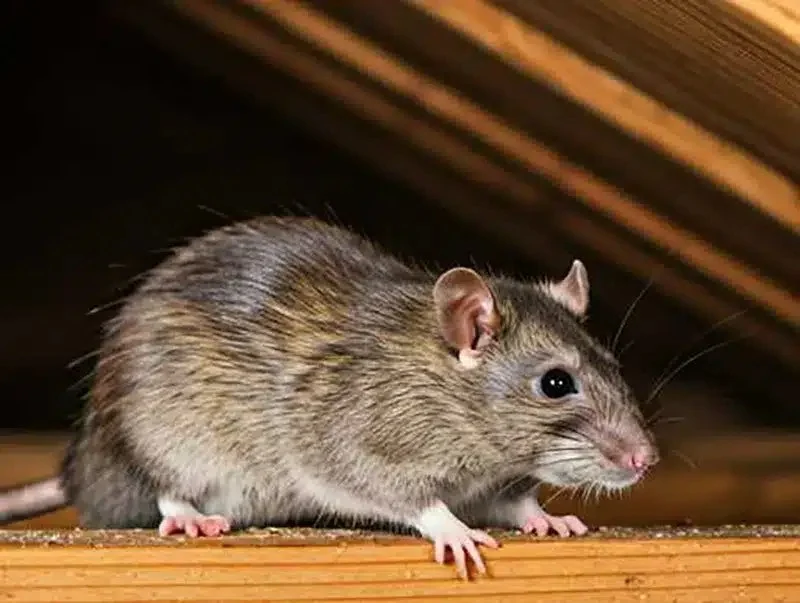
The Hidden Dangers of Rodent Infestations in Your Attic
- 1. Why Rodents Target Attics
- 2. Health Risks of Rodent Infestations in Your Attic
- 3. Structural Damage Caused by Rodents
- 4. How to Identify Rodent Infestations in Your Attic
- 5. Preventing Rodent Infestations in Your Attic
- 6. The Importance of Professional Pest Control
- 7. Expert Tips from PestControlHub
1. Why Rodents Target Attics
Attics are the perfect hiding place for rodents due to their quiet, undisturbed environment. These areas are often warm, dry, and isolated, making them ideal spots for rodents like rats and mice to nest. Rodents are also attracted to the food scraps and insulation materials found in attics, which provide them with both shelter and nourishment.
Moreover, attics are often overlooked during routine home inspections, giving rodents the perfect opportunity to settle in and multiply without detection. This makes attics a high-risk area for potential infestations, especially if there are easy entry points such as small cracks or gaps in the roofline or walls.
2. Health Risks of Rodent Infestations in Your Attic
Rodents pose several health risks to your household, especially when they infest your attic. One of the most concerning dangers is the transmission of diseases, some of which can be life-threatening:
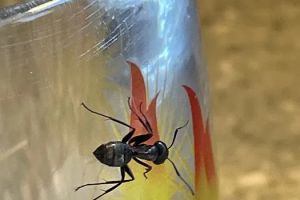
Shoreline Pest Solutions
Blue BellMontgomery CountyPennsylvania
325 Sentry Parkway Building 5 West, #200, Blue Bell, PA 19422, USA
1. Hantavirus
Hantavirus is a serious respiratory disease transmitted by rodents through their droppings, urine, or saliva. It can lead to severe illness and, in some cases, death if not treated promptly.
2. Leptospirosis
Leptospirosis is another disease that can be spread by rodents, particularly in damp environments like attics. It can cause symptoms ranging from fever and headaches to more severe kidney damage and liver failure.
3. Salmonella and E. coli
Rodents carry bacteria like Salmonella and E. coli, which can contaminate food and surfaces, leading to food poisoning. This can happen if the rodents make contact with kitchen areas or enter your home’s food storage areas from the attic.
In addition to these diseases, rodent infestations can also cause allergic reactions due to the accumulation of droppings and urine in attic spaces, which can trigger respiratory issues.
3. Structural Damage Caused by Rodents
In addition to health risks, rodents can cause significant structural damage to your attic and home. Some of the most common types of damage include:
1. Chewing on Insulation and Wiring
Rodents are notorious for chewing on various materials in the attic, including insulation and electrical wiring. This behavior can damage your insulation, making it less effective at regulating temperature, and it can create fire hazards when rodents chew through electrical wires.
2. Damage to Wood and Roofing Materials
Rats and mice will also chew on wood beams and roofing materials, potentially leading to weakened structural integrity. This damage can worsen over time, leading to costly repairs.
3. Nesting and Staining
Rodents often create nests in hard-to-reach areas of the attic, causing additional issues such as the staining of roofing materials and the growth of mold or mildew due to moisture accumulation from their urine.
4. How to Identify Rodent Infestations in Your Attic
Recognizing a rodent infestation early can save you from costly repairs and health risks. Here are some common signs that indicate rodents have invaded your attic:
1. Droppings
One of the most obvious signs of a rodent infestation is the presence of droppings, which are usually small, dark, and cylindrical in shape. Finding droppings near food sources, insulation, or in corners of your attic should be a cause for concern.
2. Noises
If you hear scratching, scurrying, or squeaking noises in the attic, especially at night, it’s likely that rodents are active in the area. These sounds are often heard as they forage for food or build nests.
3. Smell
Rodents produce a distinctive, musty odor due to their urine and droppings. If there’s a persistent smell in your attic or near entry points, it’s a strong indication that you have an infestation.
4. Damaged Items
Check for gnaw marks on wires, wooden beams, or stored items in the attic. Rodents will often chew on things to keep their teeth trimmed, leaving noticeable damage behind.
5. Preventing Rodent Infestations in Your Attic
Taking proactive measures can help prevent rodents from invading your attic in the first place. Here are some essential steps to keep your attic rodent-free:
1. Seal Entry Points
Inspect your attic and roof for any holes, cracks, or gaps. Seal these entry points with steel wool, caulk, or metal flashing to prevent rodents from sneaking inside.
2. Remove Food Sources
Ensure that all food sources in the attic, such as pet food, are stored in sealed containers. Rodents are often attracted to easily accessible food supplies.
3. Keep the Attic Clean
Regularly clean the attic to remove any nests, debris, or potential hiding spots. Keeping the area tidy will reduce the likelihood of rodents setting up camp.
6. The Importance of Professional Pest Control
If you discover a rodent infestation in your attic, it’s essential to address the problem quickly and efficiently. While DIY methods may work for small-scale infestations, professional pest control services are often necessary to fully eradicate rodents and ensure your home remains safe and secure.
At PestControlHub, we recommend hiring licensed pest control experts who can assess the situation, implement effective traps or baits, and provide long-term prevention strategies. These professionals have the tools and expertise to tackle even the most challenging infestations.
7. Expert Tips from PestControlHub
At PestControlHub, we understand the challenges posed by rodent infestations in attics. Our experts suggest conducting annual inspections of your attic and surrounding areas to catch potential issues early. If you suspect a rodent problem, don’t wait for it to worsen—contact a professional immediately to prevent further damage and health risks.
Explore our range of recommended products and services to keep your home rodent-free, and don’t hesitate to reach out for more advice or assistance.


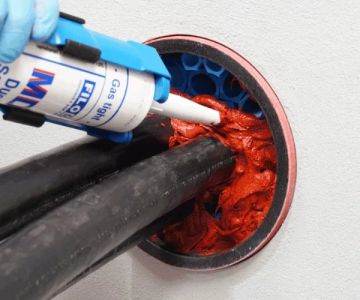

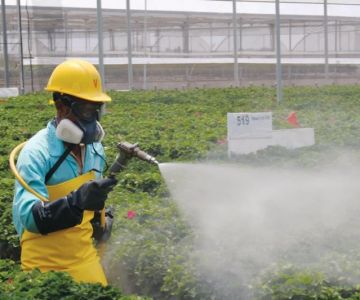
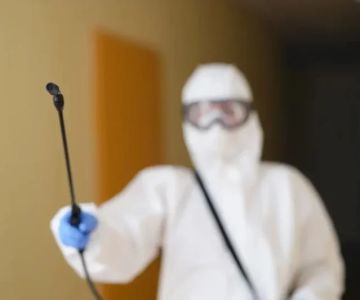
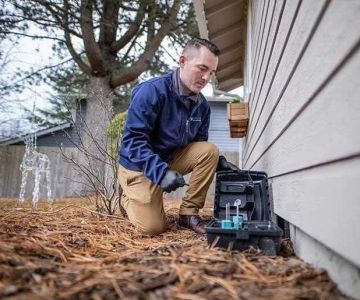
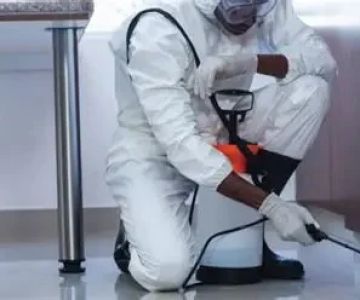
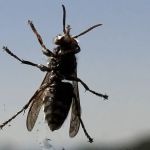 Orkin4.0 (2275 reviews)
Orkin4.0 (2275 reviews) Capitol Pest0.0 (0 reviews)
Capitol Pest0.0 (0 reviews) Aardvark Home Inspectors & Aardvark Pest Control4.0 (777 reviews)
Aardvark Home Inspectors & Aardvark Pest Control4.0 (777 reviews) Key Pest Control4.0 (96 reviews)
Key Pest Control4.0 (96 reviews)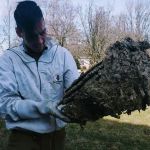 County Pest Control4.0 (177 reviews)
County Pest Control4.0 (177 reviews)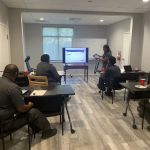 Viewpoint Pest Management Solutions, Inc.5.0 (208 reviews)
Viewpoint Pest Management Solutions, Inc.5.0 (208 reviews) Why Pests Are More Active After Rain: Understanding the Link Between Weather and Pest Behavior
Why Pests Are More Active After Rain: Understanding the Link Between Weather and Pest Behavior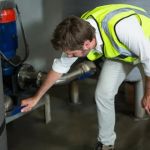 How to Inspect for Pests Around Plumbing Lines: A Step-by-Step Guide
How to Inspect for Pests Around Plumbing Lines: A Step-by-Step Guide How to Safely Use Fumigation Methods: A Comprehensive Guide for Homeowners
How to Safely Use Fumigation Methods: A Comprehensive Guide for Homeowners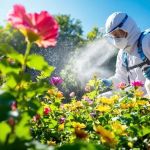 How to Evaluate Pest Return Risk Over Time: Key Factors and Tips
How to Evaluate Pest Return Risk Over Time: Key Factors and Tips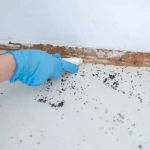 How to Seal Entry Points in Foundation Cracks
How to Seal Entry Points in Foundation Cracks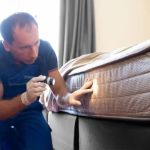 How to Prevent Pest Spread Between Units in Apartments: Essential Tips for Apartment Residents
How to Prevent Pest Spread Between Units in Apartments: Essential Tips for Apartment Residents